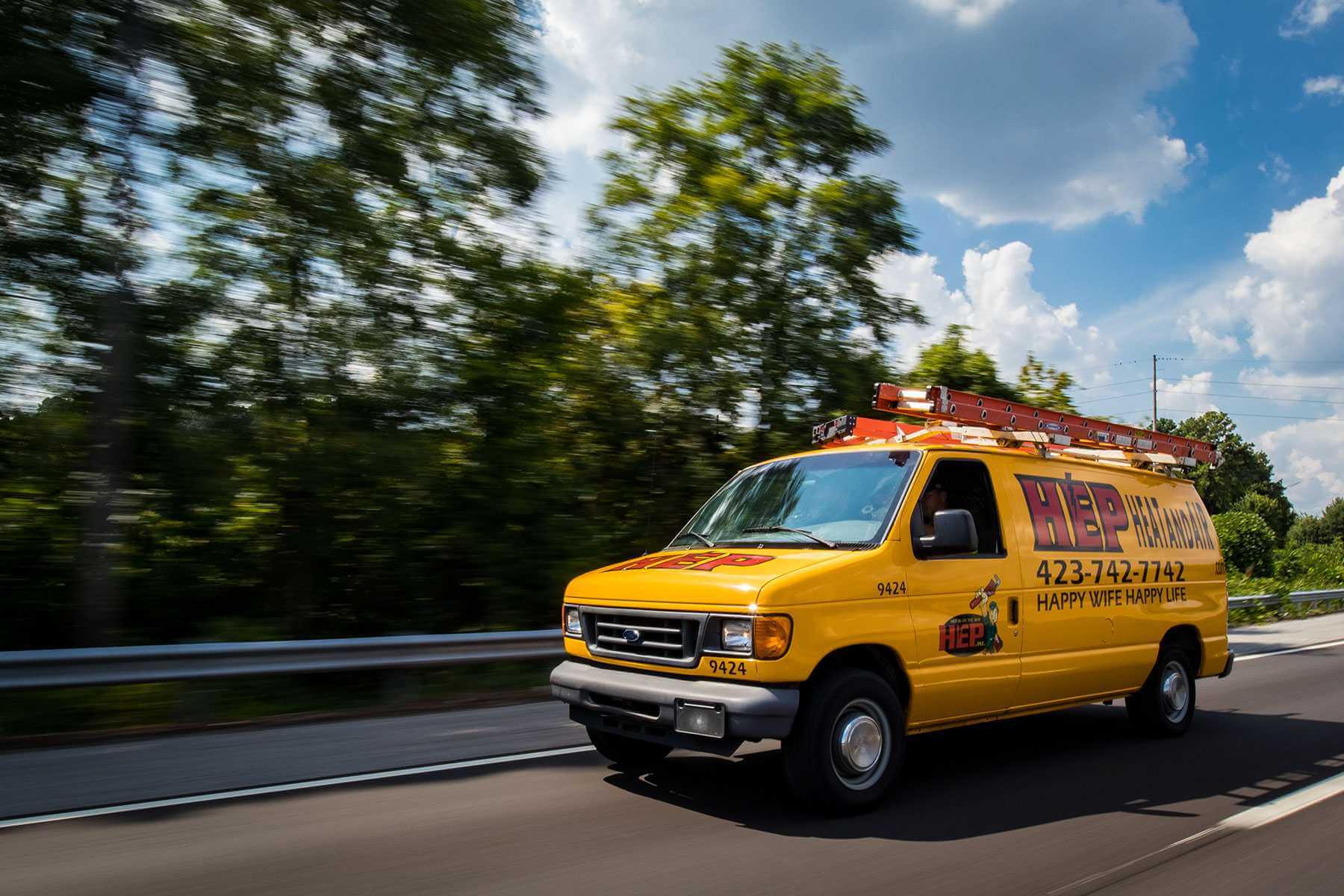

Slow Kitchen Sinks
Your trusted partner for professional home services. Quality workmanship, guaranteed satisfaction.




- HEP Plumbing
- Slow Kitchen Sinks
Slow Kitchen Sinks | Drain Opening | Plumbing | Belvidere
When water lingers in your kitchen sink and the tell-tale gurgle echoes through your Belvidere home, HEP is ready to restore the flow. Our licensed plumbers combine old-fashioned craftsmanship with the latest camera scopes and hydro-jetting technology, clearing years of grease, coffee grounds, and soap scum without harming your pipes—or your schedule. From the moment you call, we treat your kitchen like the heart of the house, laying down protective mats, explaining each step, and finishing with a spotless workspace and a satisfaction guarantee.
Belvidere neighbors have trusted HEP for 20+ years because we solve the problem at its source instead of offering quick chemical fixes. Whether you’re facing one stubborn clog or recurring backups tied to deeper line issues, our team pinpoints the blockage, provides honest up-front pricing, and keeps you informed until the moment that gratifying swirl signals successful drain opening. Call today and discover why HEP turns slow sinks into smooth-running, worry-free kitchens—often in a single visit.
FAQs
What typically causes a kitchen sink in Belvidere to drain slowly?
The most frequent culprits are grease buildup from cooking oils, food particles that slip past the strainer, and soap scum that congeals around the interior of the pipe. Over time these materials collect in the P-trap and the horizontal drain line inside the wall, narrowing the pipe until water can only trickle through. In older Belvidere homes, mineral deposits from our hard water can compound the problem, and in rare cases a partially collapsed or root-invaded sewer line may be to blame.
How do I know whether the clog is in the P-trap or farther down the drain line?
If water backs up immediately after you turn on the faucet, the obstruction is usually in the sink’s P-trap or disposal chamber. If it drains for a moment and then slows, the blockage is probably in the branch line or main stack. Gurgling noises or water backing up into a nearby dishwasher or second sink indicate that the restriction is beyond the trap and may require professional equipment to locate and clear.
What methods do your Belvidere plumbers use to open a slow or clogged kitchen sink drain, and are they safe?
Our technicians start with a hand auger (mini-snake) or powered drain machine to physically break up and retrieve the clog. For tougher buildup, we use a hydro-jetter that scours the pipe walls with high-pressure water. These methods are safe for PVC, copper, and cast-iron lines when applied by a trained professional. We avoid harsh chemical drain cleaners because they can corrode pipes, damage disposals, and pose environmental hazards.
How much does professional kitchen sink drain opening cost, and what factors affect the price?
For a straightforward P-trap or branch-line clog, service in the Belvidere area typically ranges from $120 to $225, which includes the trip fee, diagnostic check, and mechanical snaking. Costs can rise if the clog is deep in the main line, requires hydro-jetting, or if we discover damaged piping that must be repaired. We provide an upfront, written estimate before any work begins so there are no surprises.
Can I try to fix a slow kitchen sink myself before calling a plumber, and what should I avoid?
You can start by running very hot water, flushing with a half-cup of baking soda followed by a cup of white vinegar, and plunging with a sink plunger. If that fails, you may remove and clean the P-trap (place a bucket underneath first). Avoid chemical drain openers—they may offer temporary relief but often harden grease farther down the line and can warp or crack PVC pipes. Also steer clear of forcing a coat hanger or oversized snake into the drain; improper use can puncture or scratch the pipe.
How can I prevent my Belvidere kitchen sink from clogging again after it’s been cleared?
Wipe excess grease into the trash instead of rinsing it down the drain, run cold water for 20 seconds before and after using the garbage disposal, and feed food scraps slowly while the blades are turning. Once a month, flush the drain with a mixture of hot water and mild dish soap, or use an enzyme-based drain maintenance product that digests organic buildup without harming pipes. Installing a mesh sink strainer and staying mindful of what goes into the disposal—no fibrous foods, coffee grounds, or eggshell membranes—will greatly reduce future clogs.